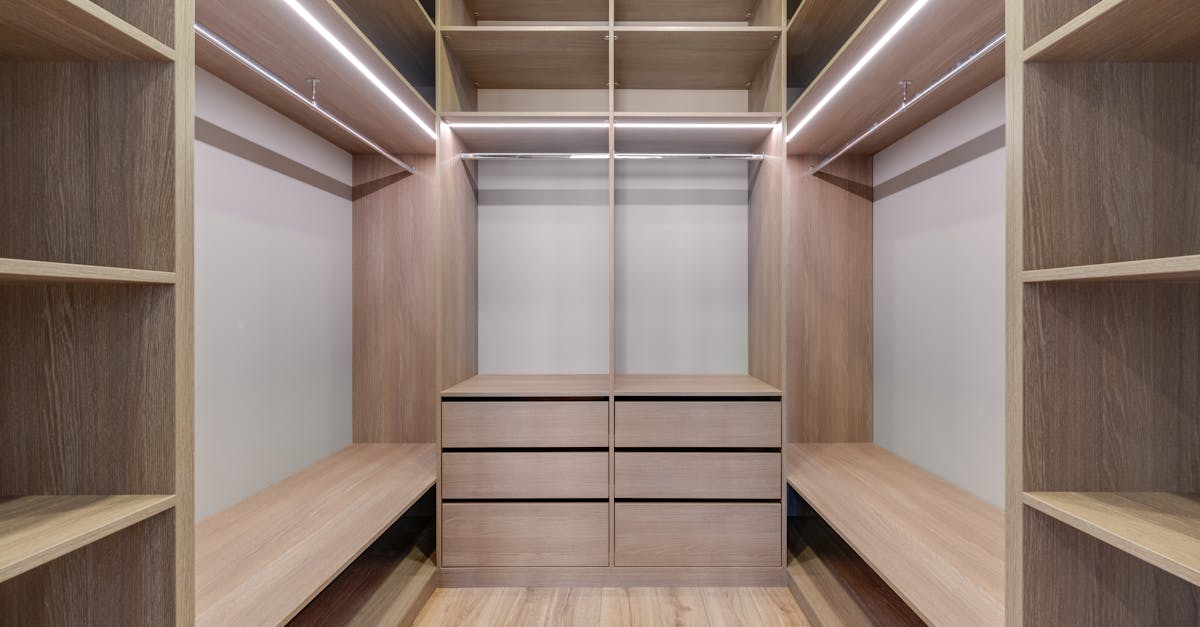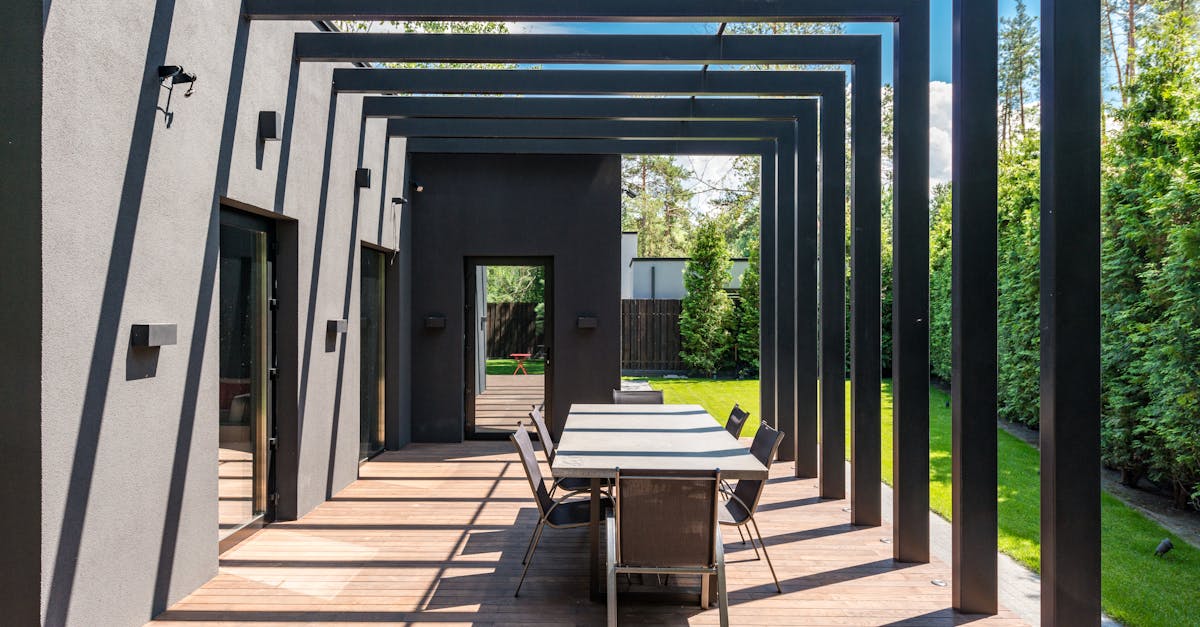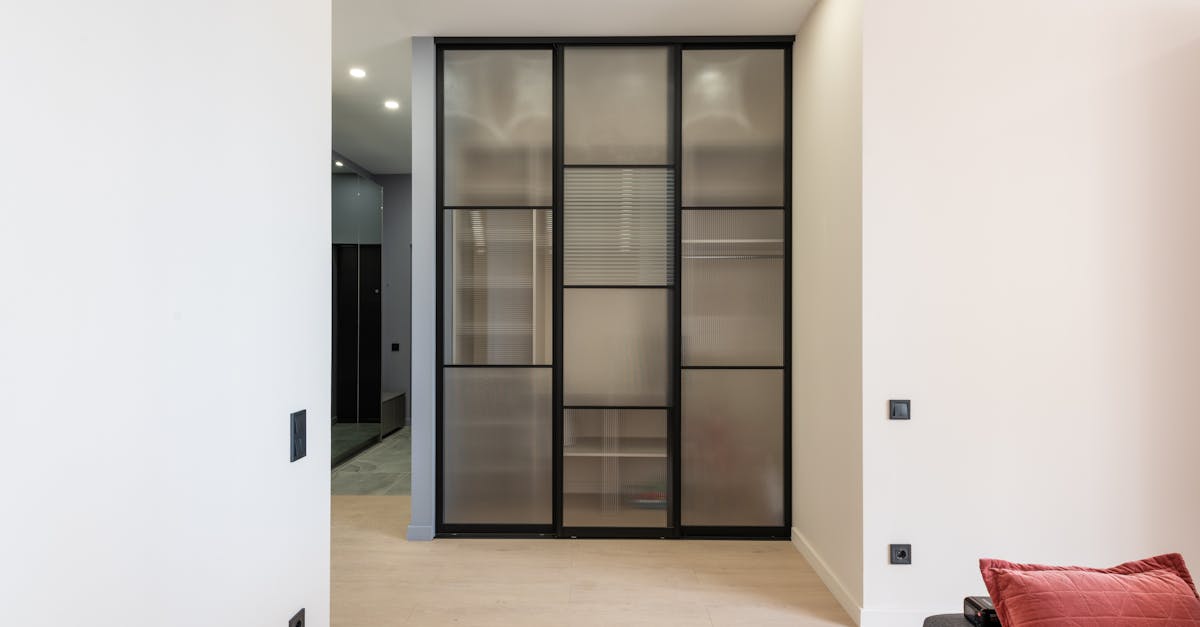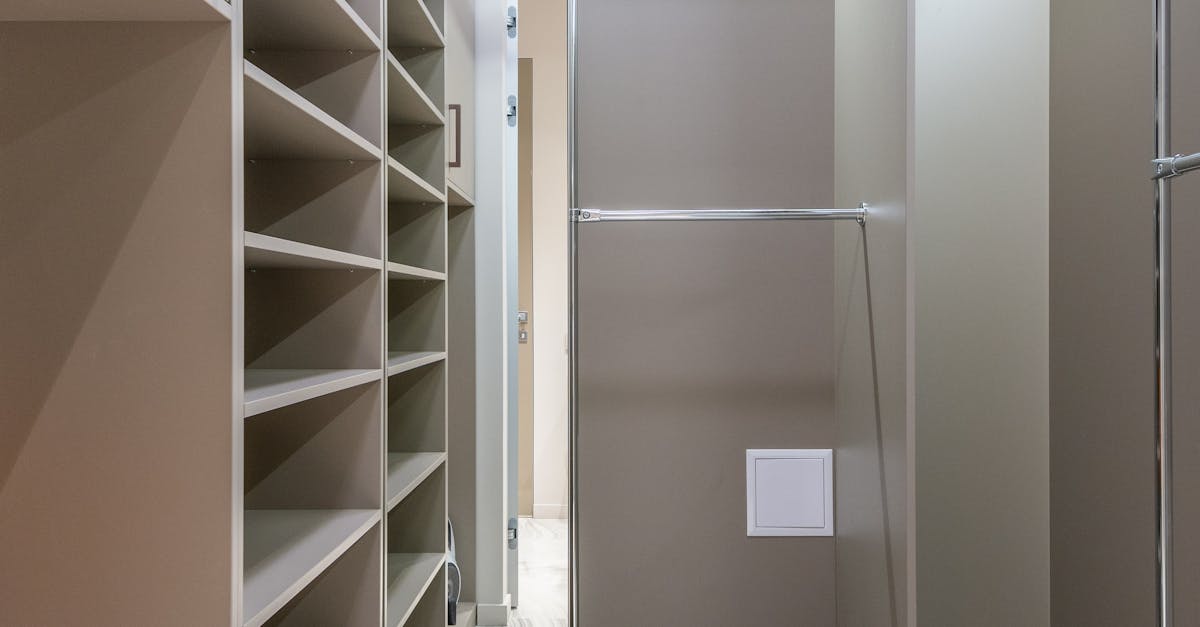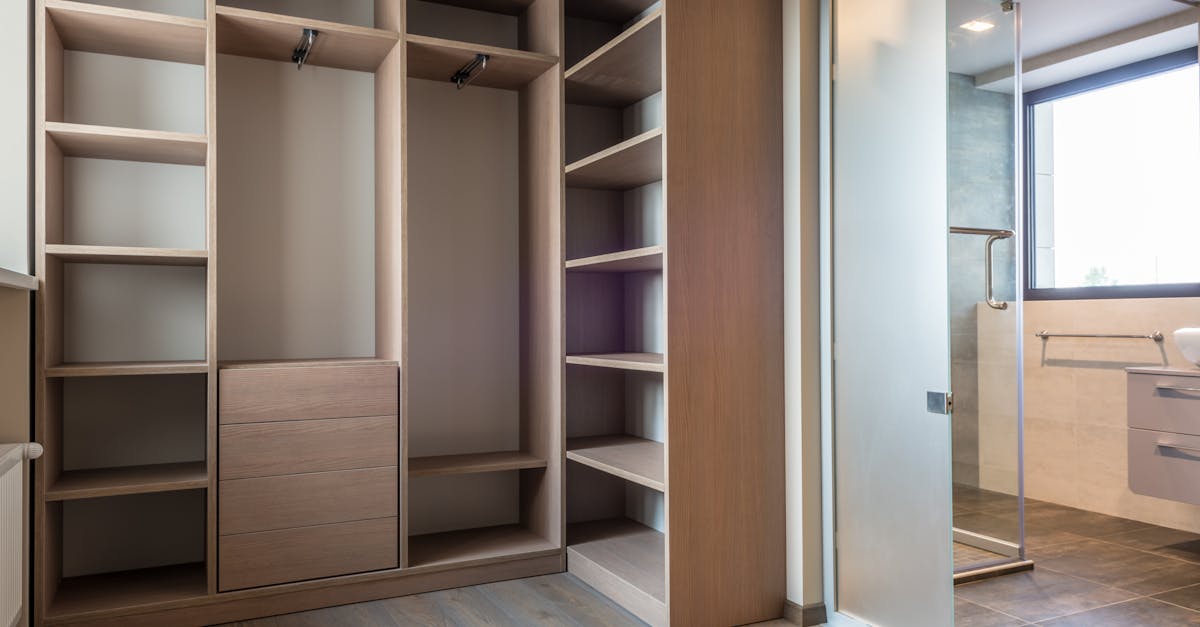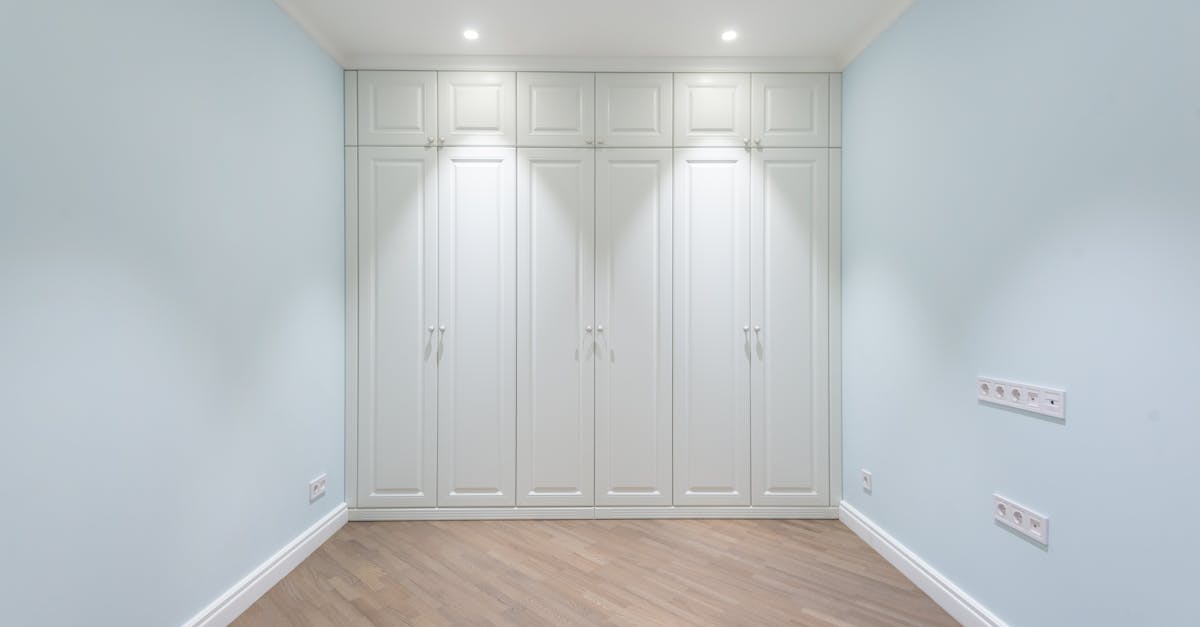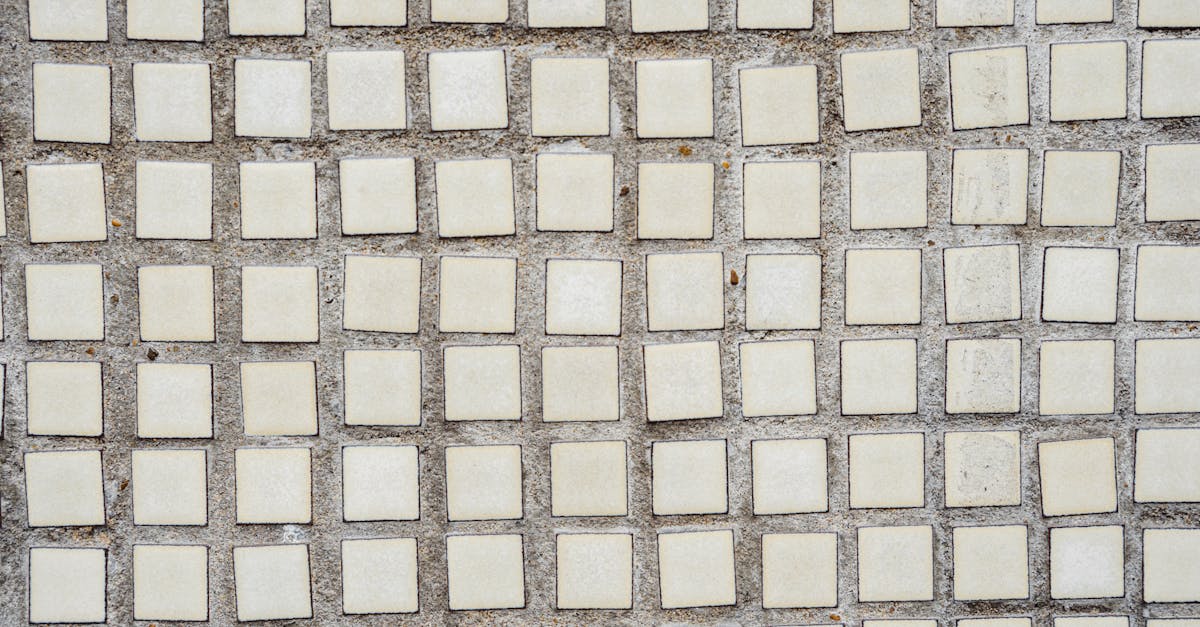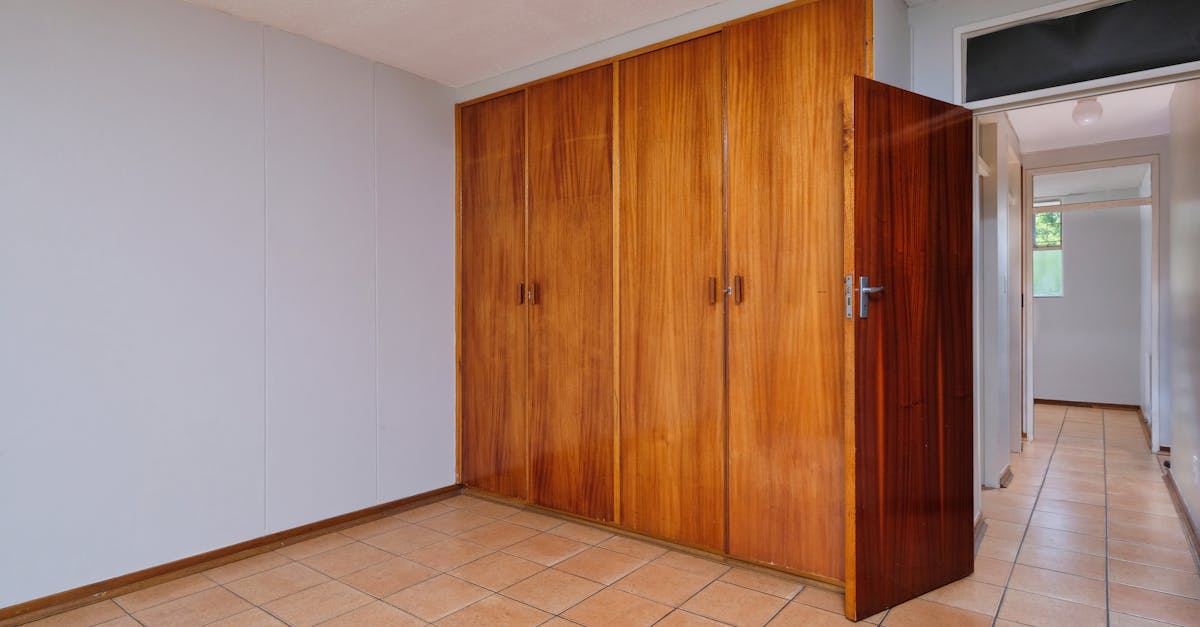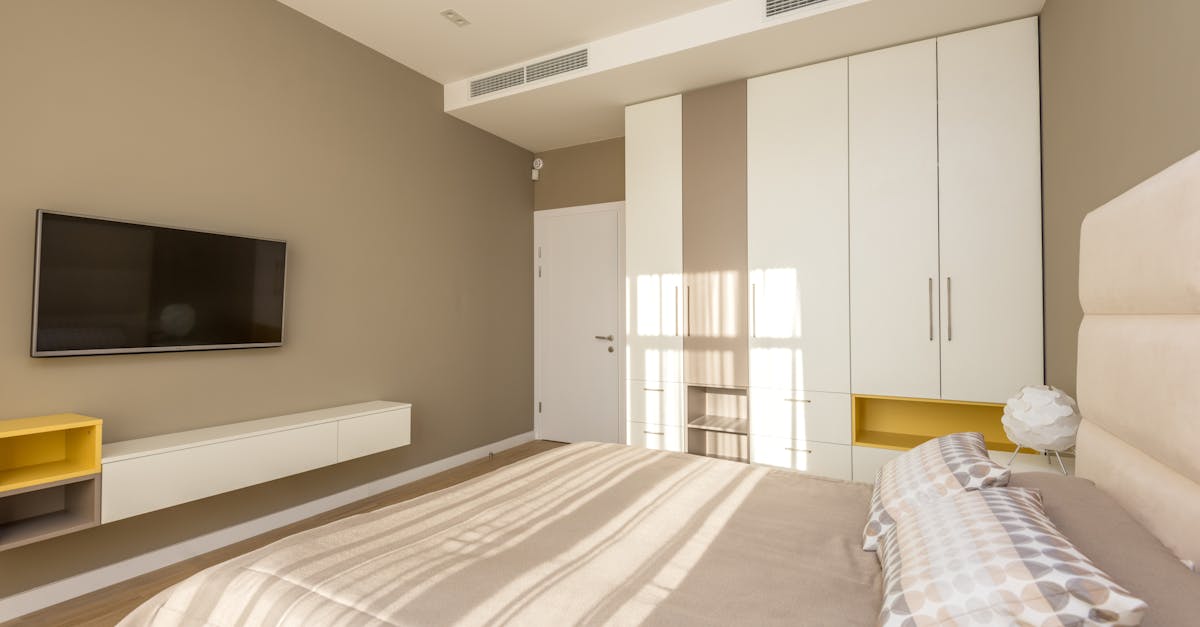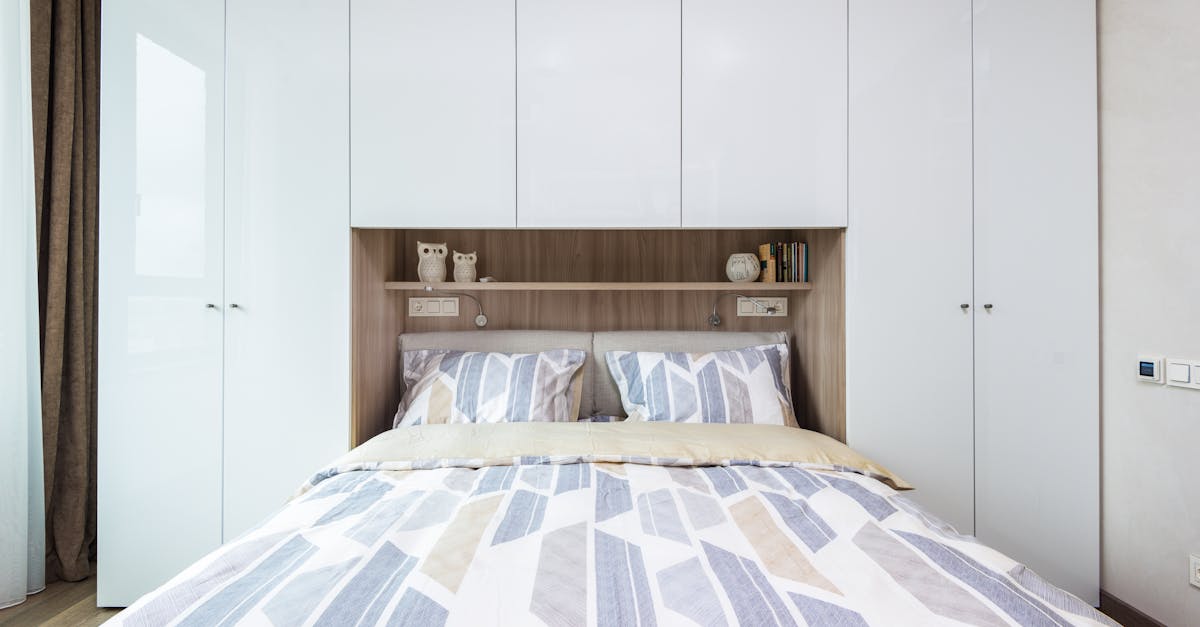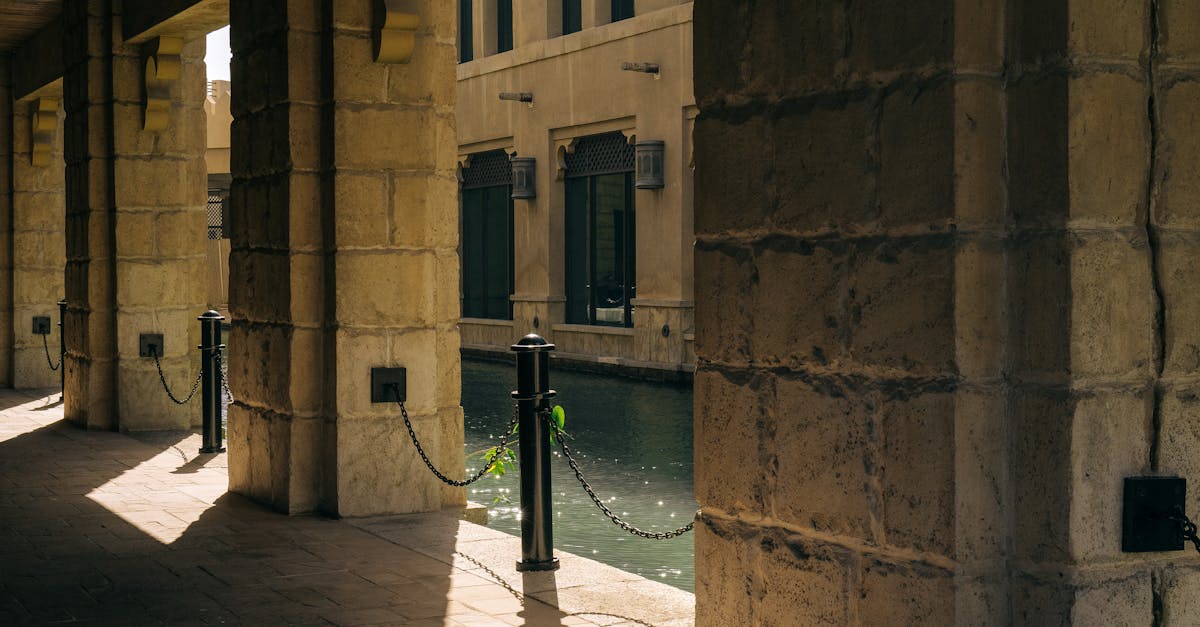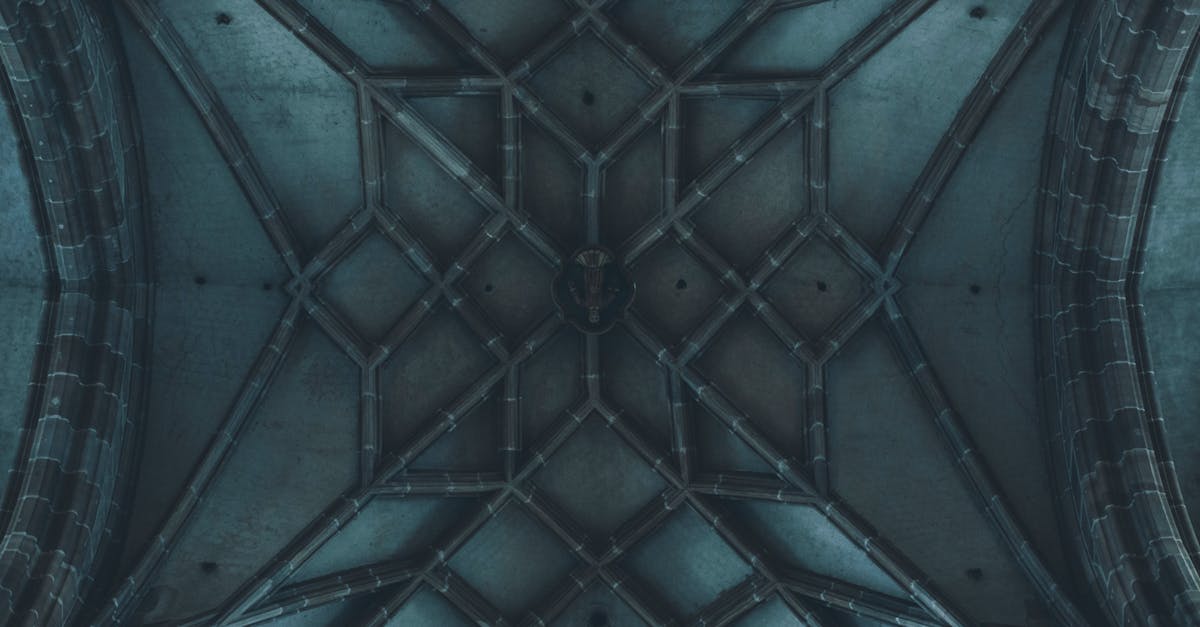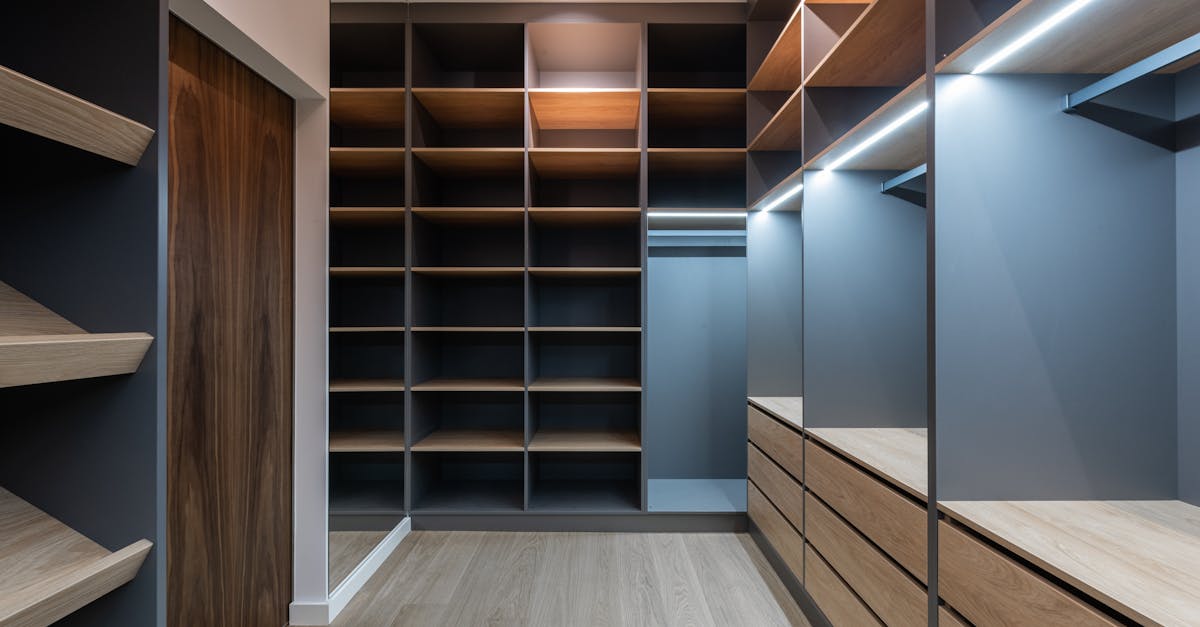
Table Of Contents
Maintenance Requirements
When selecting materials for built-in wardrobes, maintenance requirements play a significant role in ensuring longevity and aesthetic appeal. Wood is a popular choice due to its classic look, but it demands regular upkeep, including polishing and occasional sealing to protect against moisture and wear. Laminate, on the other hand, offers a low-maintenance alternative, resisting stains and scratches, making it a practical option for busy households.
Understanding the maintenance needs of different materials helps in making informed decisions. Painted surfaces can chip and require touch-ups, while metallic finishes may need periodic cleaning to maintain their shine. Choosing a material that aligns with your available time and willingness to maintain can lead to a more satisfying and enduring fit for your built-in wardrobes.
Care and Upkeep of Various Materials
Built-in wardrobes can be constructed from a variety of materials, each requiring different maintenance routines. For example, wooden wardrobes require regular dusting and occasional polishing to maintain their sheen and protect against scratches. It is important to avoid excessive moisture around these units, as this can lead to warping or mold growth over time. On the other hand, materials like laminated surfaces offer a more resilient choice, easily wiped down with a damp cloth and resisting stains.
Metal and glass built-in wardrobes provide a modern aesthetic and can be low-maintenance options. Metal surfaces typically require a simple wipe with a soft cloth to keep them free of dust and fingerprints. Glass, while elegant, may need more frequent cleaning to eliminate smudges and maintain clarity. Understanding the upkeep associated with various materials helps in making a wise choice when planning your built-in wardrobes.
Space and Design Compatibility
When selecting materials for built-in wardrobes, it is essential to consider the overall design of the room. The aesthetics of the material should complement the existing décor and style, whether it be modern, traditional, or eclectic. For instance, sleek finishes like laminate or high-gloss MDF often work well in contemporary settings, while natural wood materials can enhance a rustic or classic interior. The coordination of colors and textures between the wardrobes and other elements in the room contributes to a cohesive appearance, making it visually appealing.
Additionally, the spatial dynamics of the area must guide the choice of materials. Built-in wardrobes designed for smaller spaces may benefit from lighter materials, which not only save on structural weight but also help create an illusion of more room. Conversely, larger spaces can accommodate heavier materials that bring a sense of grandeur and stability. Understanding the scale and proportions of both the wardrobes and the room allows for a more harmonious integration that enhances the functionality and appeal of the space.
Choosing Materials for Different Space Constraints
When selecting materials for built-in wardrobes, it is essential to consider the specific spatial constraints of your home. For smaller areas, lightweight materials like MDF or plywood may be preferable. These options can offer flexibility in design without overwhelming the space. Additionally, they are often easier to install and can accommodate various finishes to match the surrounding décor.
In contrast, larger rooms might allow for the use of heavier materials such as solid wood or engineered wood. While these options provide durability and a premium appearance, they require careful planning regarding structural support, especially in custom installations. Balancing aesthetics with the practicalities of weight and space will help create functional built-in wardrobes that enhance your interior design while making efficient use of available space.
Weight and Structural Integrity
When selecting materials for built-in wardrobes, weight and structural integrity are crucial considerations. Heavier materials like solid hardwood provide durability and a timeless aesthetic but require robust wall support to bear their weight. Conversely, lighter materials, such as plywood or MDF, can be easier to install and may suit spaces where structural support is less accommodating. It is essential to assess whether the existing framework can support the material being chosen for longevity and performance.
Understanding the weight implications of various materials helps ensure that built-in wardrobes remain functional over time. For instance, while metal may offer a sleek and modern design, its strength must align with the intended use and load capacity of the wardrobe. A balanced approach in selecting the right materials contributes not only to the wardrobe's visual appeal but also to its stability and capability to withstand daily use.
Assessing Heavy vs. Lightweight Materials
When selecting materials for built-in wardrobes, weight is a crucial factor to consider. Heavy materials like solid wood offer durability and a classic aesthetic, making them a favored choice for many homeowners. However, they require robust support structures and can pose challenges during installation. Increased weight may also lead to greater wear on hinges and mounts over time, necessitating more frequent maintenance.
On the other hand, lightweight materials such as MDF or particleboard provide ease of installation and flexibility in design. Their reduced weight makes them ideal for various applications, particularly in spaces with weight restrictions or where frequent adjustments are expected. Lightweight options can often be more economical, allowing for stylish configurations without compromising structural integrity. Choosing the right material hinges on balancing aesthetics, functionality, and the specific demands of the space.
FAQS
What factors should I consider when choosing the material for my built-in wardrobe?
When choosing the material for your built-in wardrobe, consider factors such as maintenance requirements, space and design compatibility, weight and structural integrity, as well as your personal style preferences.
How do different materials affect the maintenance of built-in wardrobes?
Different materials have varying maintenance requirements; for example, wood may require periodic polishing, while laminate is often easier to clean and maintain. It's important to choose a material that fits your lifestyle and maintenance preferences.
What materials are best suited for small spaces?
For small spaces, lighter materials like laminate or MDF can be beneficial as they typically require less structural support. Additionally, sleek designs and lighter colors can create an illusion of more space.
How can I assess the weight and structural integrity of materials for my wardrobe?
Assess the weight and structural integrity by considering the material's density, durability, and suitability for the intended load. Heavier materials like solid wood may require additional support, while lightweight options like particleboard can be more versatile.
Is it possible to mix different materials in a built-in wardrobe design?
Yes, mixing different materials can enhance the overall aesthetic and functionality of your built-in wardrobe. For example, combining wood with metal or glass can create a modern look while providing various benefits specific to each material.

